Rising Incidence of Brucellosis Cases
The increasing incidence of brucellosis cases in Japan is a critical driver for the brucellosis market. Reports indicate that the number of reported cases has shown a gradual rise, particularly in rural areas where livestock farming is prevalent. This trend necessitates enhanced diagnostic and treatment options, thereby stimulating market growth. The brucellosis market is expected to expand as healthcare providers seek effective solutions to manage and control outbreaks. Furthermore, the economic burden associated with brucellosis, estimated at millions of yen annually, underscores the need for improved public health strategies. As awareness of the disease grows, both healthcare professionals and the general public are likely to demand more comprehensive solutions, further propelling the market forward.
Growing Awareness and Education Initiatives
Growing awareness and education initiatives regarding brucellosis are pivotal in shaping the brucellosis market. Various organizations, including governmental and non-governmental entities, are actively promoting educational campaigns aimed at farmers and the general public. These initiatives focus on the transmission, prevention, and management of brucellosis, thereby fostering a more informed populace. As awareness increases, the demand for diagnostic tests and preventive measures is likely to rise. The market could see a potential increase of 15-20% in the adoption of brucellosis vaccines and diagnostic kits as a direct result of these educational efforts. Consequently, the brucellosis market stands to benefit from a more proactive approach to disease management, driven by informed stakeholders.
Increased Investment in Veterinary Healthcare
Investment in veterinary healthcare is another significant driver impacting the brucellosis market. The Japanese government and private sectors are increasingly allocating funds towards veterinary services, particularly in the context of zoonotic diseases like brucellosis. This investment is aimed at improving disease surveillance, vaccination programs, and treatment options for livestock. As a result, the market is likely to witness a surge in demand for diagnostic tools and vaccines tailored to combat brucellosis. The veterinary healthcare sector's growth is projected to reach approximately ¥100 billion by 2026, indicating a robust market environment for brucellosis-related products and services. Enhanced veterinary care not only benefits animal health but also plays a crucial role in safeguarding public health, thereby driving the brucellosis market.
Technological Innovations in Treatment Options
Technological innovations in treatment options are emerging as a key driver for the brucellosis market. Advances in biotechnology and pharmaceuticals are leading to the development of more effective vaccines and therapeutic agents against brucellosis. These innovations not only enhance treatment efficacy but also improve safety profiles, making them more appealing to both veterinarians and livestock owners. The market is likely to experience a shift towards these advanced solutions, with projections indicating a growth rate of approximately 10% annually in the adoption of new treatment modalities. As the industry embraces these technological advancements, the brucellosis market is expected to evolve, offering a wider array of options for disease management.
Regulatory Support for Disease Control Measures
Regulatory support for disease control measures is a vital driver influencing the brucellosis market. The Japanese government has implemented various regulations aimed at controlling zoonotic diseases, including brucellosis. These regulations often mandate vaccination and testing of livestock, thereby creating a stable demand for related products. Compliance with these regulations is essential for farmers, which in turn drives the market for diagnostic tools and vaccines. The regulatory framework is expected to strengthen, with potential new policies being introduced to enhance disease management strategies. This supportive environment is likely to foster growth in the brucellosis market, as stakeholders seek to align with governmental standards and ensure the health of both animals and humans.


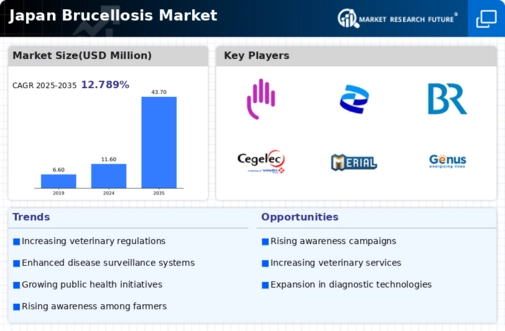
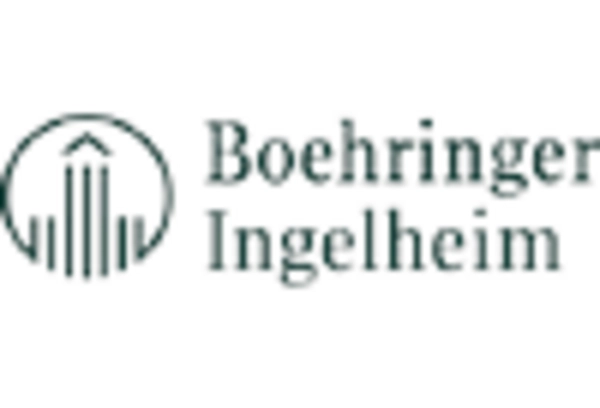
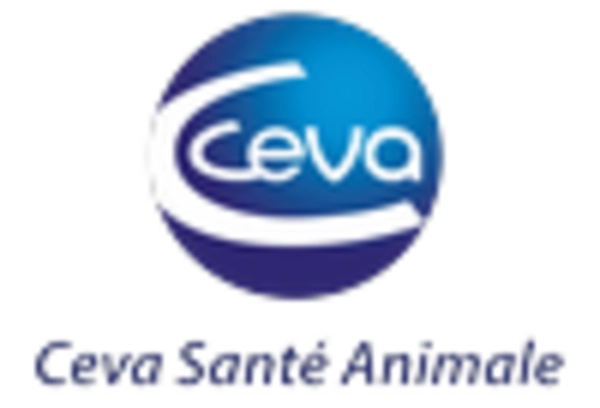
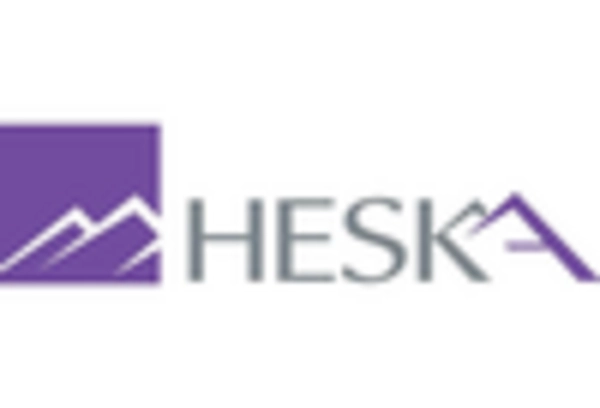
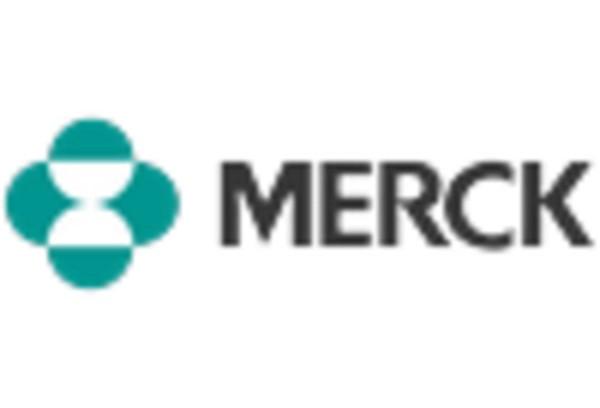

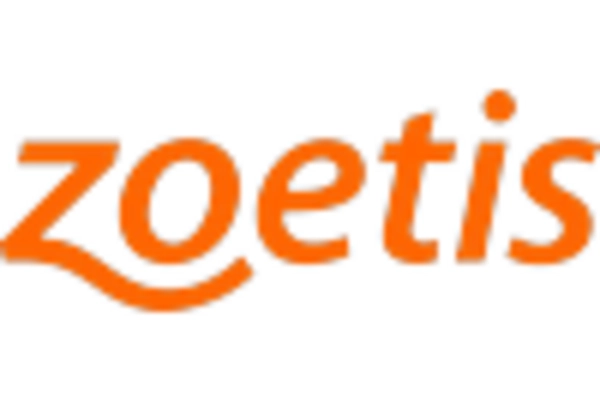








Leave a Comment